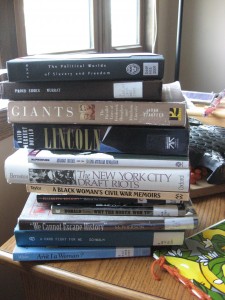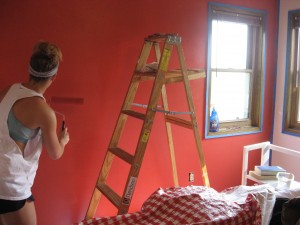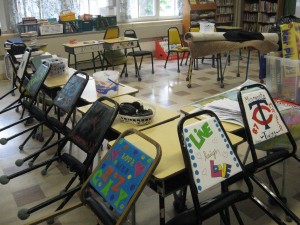I am having so much fun taking a photo a day. When I wake up in the morning, I’m full of wonder about what the day has in store for my camera and me. I have never done anything like this before, so it’s great fun! Another perk in this project: I am learning to use Flickr. What a great program! The slower pace of summer is allowing me to learn all the ins and outs, so I can be a better curator of my photos.
Thanks to a discussion between Paula (@plnaugle), Mary (@scitechyedu) and Barbara (@BarbaraDay), I was able to join other teachers in a mini version of the 365Project. In this shorter challenge, we are taking a picture a day for June, July and August, Twitter hashtag #JJAProject. Read more about it at Welcome to the #JJAProject. It’s not too late to join in the fun. Grab your camera and start today!
Special thanks to Sheri (@grammasheri) for inviting me to participate! And now, before further hyperlink abuse, I will leave you with a few of my first photos! Thanks for viewing!


